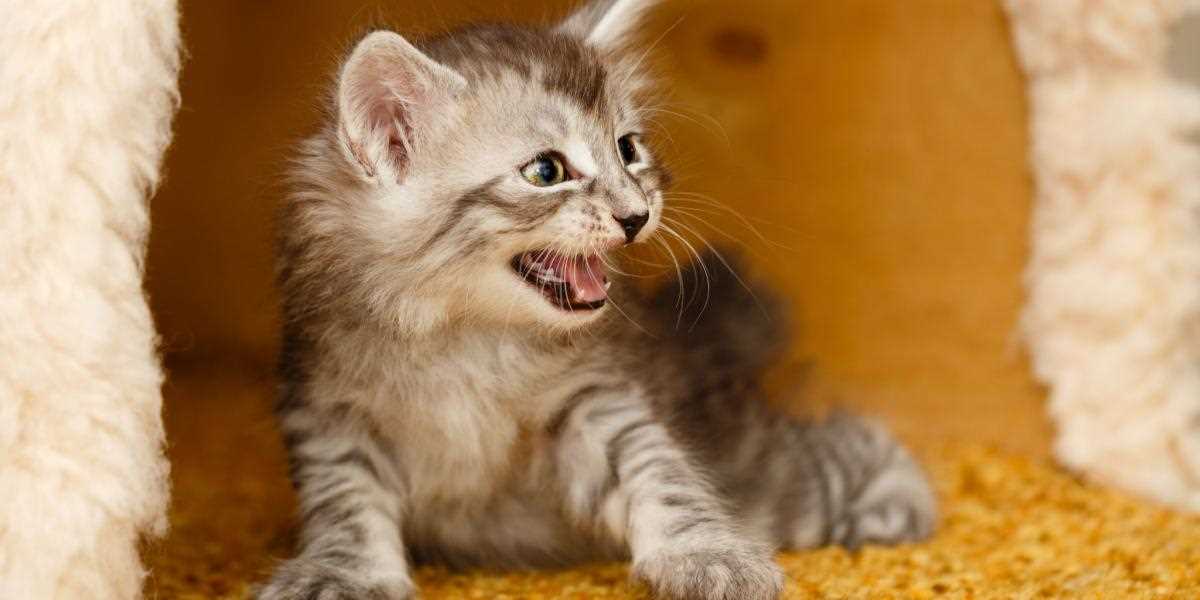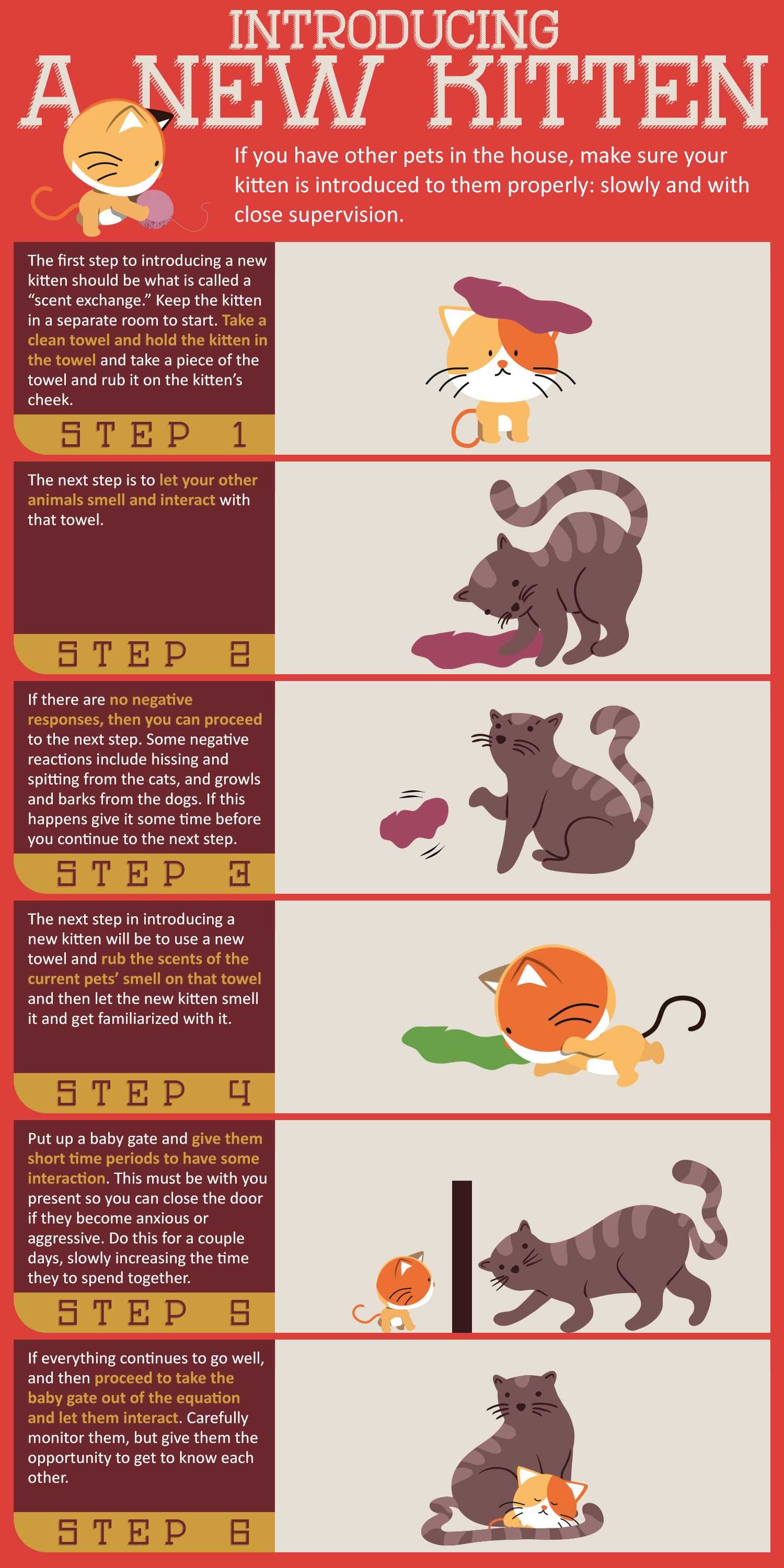

For the first few days, the little furball may hear a lot of my displeasure. Expect it to last anywhere from a few days to a couple of weeks. Patience is key during this adjustment phase.
To ease the tension, I suggest providing separate spaces for both of us. This allows time to familiarize ourselves with each other’s scents without direct confrontation. Gradually introducing us through short, supervised interactions can help in reducing my initial wariness.
It’s important to observe my body language closely. If I puff up or growl, that’s a sign I need more space. Positive reinforcement with treats or toys can also help in creating a calmer atmosphere. With time, I’ll likely accept the newcomer, but it requires understanding and careful management from the humans.
Understanding the Reasons Behind Hissing
When I encounter a little one in my territory, it’s natural for me to express my discomfort. This vocal response serves as a warning signal, indicating that I feel threatened or anxious. It’s my way of saying, “Back off!” or “I need space!”
Territorial Instincts
As a Scottish Fold, I’m particularly sensitive about my space. My home is my sanctuary, and any newcomer can disrupt my sense of security. Initially, I might react with a defensive vocalization to establish boundaries. It’s essential for my human to respect my feelings during this adjustment phase.
Communication of Fear
Unfamiliar faces can cause anxiety. I may hiss due to fear, signaling that I’m not ready to engage. Recognizing this behavior as a form of communication is crucial. My human can help ease the tension by providing a safe haven, such as an outdoor shelter for feral cats, where I can retreat and regain my confidence.
Factors Influencing the Duration of Hissing
The time I spend expressing my displeasure can vary significantly based on several key factors. Understanding these can help you navigate the transition more smoothly.
Personality Traits
The temperament of both myself and the little one plays a major role. Some felines are naturally more sociable and adaptive, while others may be more territorial and sensitive. If I’m generally more easygoing, my reaction might be milder compared to a more dominant feline who could take longer to adjust.
Previous Experiences
My past encounters with other animals affect my current behavior. If I’ve had positive introductions in the past, I may warm up quicker. Conversely, negative experiences can lead to prolonged discomfort and vocalizations that signal my unease.
Environmental factors are equally significant. A calm, controlled space can ease the tension, while chaotic or crowded conditions might exacerbate my initial reactions. Providing a separate area where the newcomer can settle will facilitate a smoother acclimation process.
Lastly, the approach from my human is crucial. Gentle introductions, using treats and toys, can help create a positive association. The way you manage interactions can greatly influence how quickly I adjust to the presence of the little one.
Signs That the Hissing is Decreasing

As I adjust to the presence of the little one in our home, I’ve noticed specific indicators that show the tension is easing. Pay attention to these signs:
- Less Frequent Vocalizations: The once constant vocal warnings have started to diminish. My growls and complaints are fewer as I become more accustomed to the newcomer.
- Curiosity Over Fear: Instead of merely retreating, I find myself sneaking glances at the kitten. My ears perk up when I hear playful sounds, indicating interest.
- Relaxed Body Language: My posture has shifted from tense and guarded to more relaxed. When I lay down or stretch, it shows I’m more comfortable sharing space.
- Engagement in Play: I’ve begun to play more, even if it’s just by myself. This shift indicates that my confidence is growing, making me less defensive about the little one’s presence.
- Shared Spaces: I’m starting to allow the kitten to approach my favorite spots without immediately reacting. This is a clear sign that I’m opening up my territory.
Monitoring these changes can help you understand the progress in our relationship. Remember, patience is key. If you’re also dealing with pest issues, consider checking out the best 3 month flea and tick treatment for dogs to keep the environment comfortable for both of us.
Strategies to Help Cats Adjust to Each Other

Introduce them gradually. Set up a separate space for the younger feline with food, water, and a litter box. Allow them to get used to each other’s scent through swapping bedding or toys.
Controlled Meetings
After a few days, initiate short, controlled meetings. Use a barrier, like a baby gate, to let them see and smell each other without direct contact. Gradually increase the time they spend together.
Positive Reinforcement
Use treats and praise during interactions. Reward both felines for calm behavior. This creates positive associations with each other. If tension arises, separate them immediately to avoid negative experiences.
Provide vertical spaces like cat trees. This allows them to escape and observe each other from a safe height. Cats often feel more secure when they have options to retreat.
Monitor their body language closely. Look for signs of stress or aggression. If either becomes overly agitated, separate them again and try later. Patience is key in this process.









